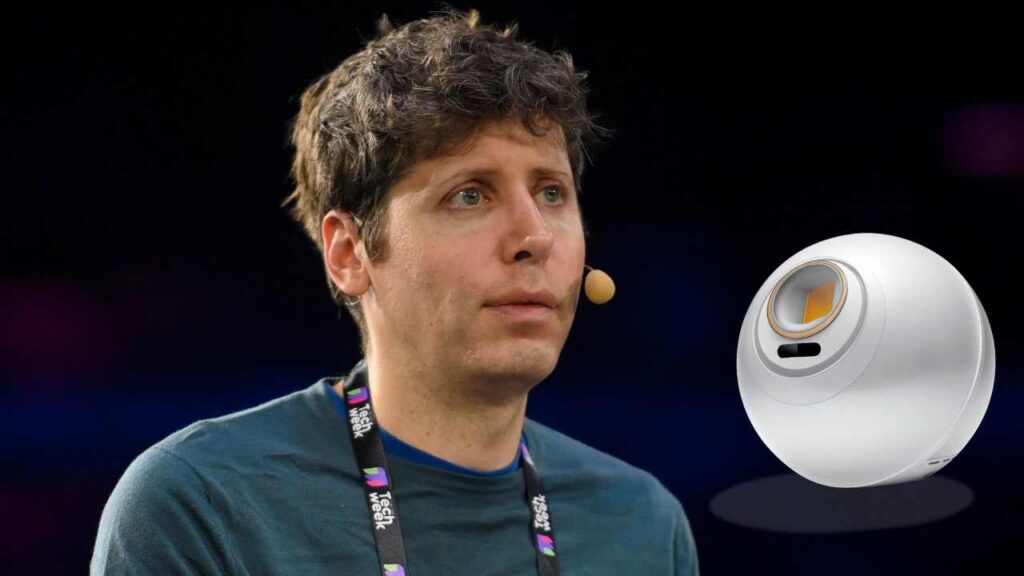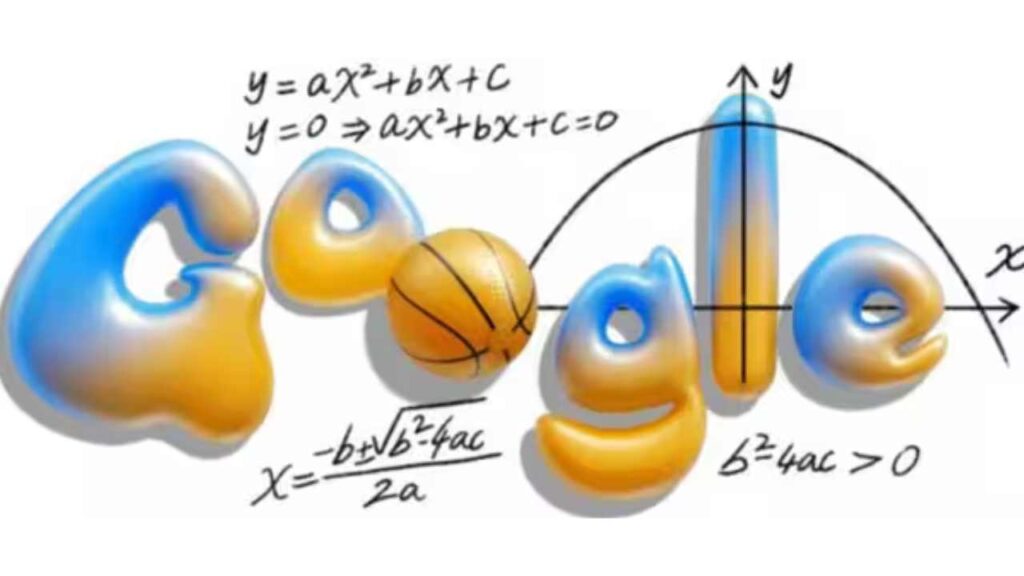In a surprising display of cultural and technical fluency, the AI chatbot Grok, developed by Elon Musk company xAI. Accurately identified an image of the Hindu deity Lord Ganesha after Musk uploaded a picture and simply asked “What is this?”. The interaction, shared publicly, drew widespread reactions and opened conversations about AI’s ability to handle cultural symbols with nuance.
Grok’s response went beyond recognition of the visual form. It described the statue as being made of brass or bronze, identified Ganesha by his elephant head. One broken tusk and mouse mount, and provided context around his role as a remover of obstacles and symbol of new beginnings in Hindu tradition. This level of recognition and explanation caught global attention. Raised questions about the intersection of artificial intelligence, culture and symbol interpretation.
The broader implications of this exchange matter. It suggests that AI systems are now reaching a level of cultural literacy where they can recognise religious or symbolic artefacts and offer meaningful interpretation. For regions like India where imagery and symbolism carry deep meanings, that capability could change how tech companies build interfaces. Localise experiences or deploy AI in multicultural contexts. At the same time it highlights how recognition is just one part of a larger challenge ethical interpretation, bias avoidance and cultural sensitivity still matter.
From a technical perspective this moment reflects how multimodal models those that combine image and text processing are maturing. Grok success in this case likely stems from training on diverse image-text pairs. Carefully designed prompts that enable context extraction. Developers building or using similar systems will need to assess how their models handle culturally specific visuals. Whether the explanations offered align with respect and accuracy rather than superficial tagging.
Critics will point out that even a polished response does not guarantee consistent behaviour. If one query succeeds, another with more subtle symbolism might fail or mis-interpret the context. That risk is particularly relevant in India’s richly layered iconography,. Where one statue can convey many meanings depending on regional, historical or devotional context. Tech companies entering this terrain must plan for local expert review. Continuous dataset curation and transparent explanation of how AI arrives at its conclusions.
On the user side this interaction offers hope that AI can bridge gaps of understanding across cultures. A non-expert who uploads an image and receives a coherent explanation might feel more confident navigating unfamiliar symbols. Will a single AI model’s explanation carry authority, or should it come with disclaimers about cultural variability? In essence, Grok identification of Lord Ganesha signals. That AI has crossed a visual-recognition threshold but the journey ahead focuses on depth of understanding. If the technology keeps improving, users around the world may soon expect not just object labels but culturally rich, context-aware insights. At that point AI will shift from being a tool that sees, into one that understands.











